Second -hand clothing is piled up like mountains, and the unpopular "fast fashion" clothing is rushed to the African beach
Author:Refer to the business Time:2022.08.04
Recently, several photos of African beaches have attracted attention on the Internet. In the photo, a large amount of clothing was rushed to the shore by seawater.

The pile of clothing was rushed ashore
The beach is located in the capital of Ghana's capital, and a large amount of wet clothes are scattered on the beach.
Most of these clothes are second -hand clothing from the UK, and fast fashion items are mainly. The British media said: "The shocking, accumulated, and unpopular 'fast fashion' clothing was rushed to the beach of West Africa."
Britain is considered to be the largest second -hand clothing exporter in Europe. According to statistics, as many as 70%of retail and donated waste clothes were sent abroad. Prior to this, people would first make sustainable development of charity packaging.
At the same time, Ghana is a place where the second -hand clothing industry is booming. Here, second -hand clothing is sold and reused in the form of old inventory. A large number of clothing is imported and used to work hard to meet market demand.
Nearly half of the second -hand clothing from Britain to Ghana is considered to be unavailable. Almost half of these clothes were unable to resell because the quality was too poor. At the same time, according to British media reports, these clothing has caused some pollution to importing countries to a certain extent.
Recently, a photo of the fishing community along the coastal of Akrajquzoston illustrates the seriousness of this problem. The photo shows that a man crossed a pile of clothes that extend from the beach to the sea. Other photos at the scene showed underwater items, affecting landing and ocean.
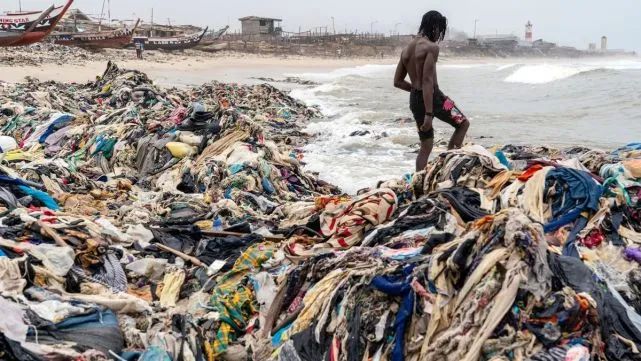
A man is crossing these clothes
This echoed the scenes found in the Atacama Desert earlier this year, where the blockbusters were endless. This place is considered by scientists to be the dry desert in the world, but now it has become a popular place to pour waste clothes from developed countries.
"Clothing Mountain" in the Chilean Desert
Last year, France 24 TV stations reported that Chile has been a distribution center for second -hand and slow -selling clothing in the world for many years. It is estimated that more than 59,000 tons of old clothing will arrive at Ichik in northern Chile each year, which is the largest duty -free port in South America. Some of them will be resold or smuggled all over Latin America. Nevertheless, about 39,000 tons of second -hand clothes are still left each year, and they will eventually be dumped in the Atacama Desert, and over time, today's "mountains" are formed.
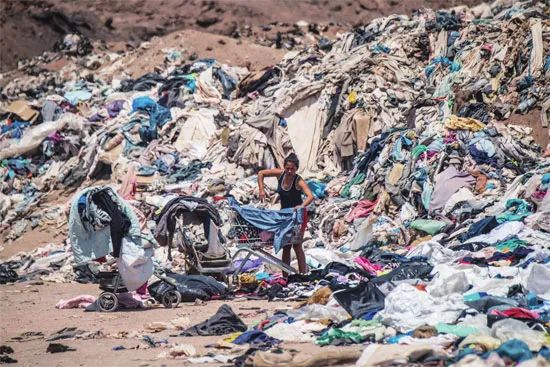
"These clothes come from all over the world ... they will eventually stay in the duty -free zone because no one is willing to pay tariffs to take them away." An employee once told France -France -Port. Another interviewee said that waste clothing usually contain chemicals that cannot be decomposed by biology and cannot be considered a garbage landfill that is considered garbage to the city. One of the ways to deal with these hot potato is to throw them into the desert, "the eyes are not annoying."
Chile is a major second -hand clothing recycling country. The country's Atacama Desert brings together abandoned clothing garbage from all over the world. The annual fast -selling brand clothing and second -hand clothing are transferred to this due to poor sales and low utilization rates. At least 39,000 Tons of clothing will eventually be treated as garbage. So it is called "fast fashion dump".
Because the clothes cannot be degraded, the garbage landfills under the jurisdiction of the municipal department will not receive such garbage at all, and they can only be sent to the Great Desert to deal with it.
Agence France -Presse said that this is also one of the reasons for the fast fashion industry in recent years.
Fast fashion refers to the launch of seasonal fashion clothing in a short period of time, allowing consumers to buy the latest models at a approachable price. The U.S. "Herfenton Post" reported that in the past, the "seasons" of the fashion industry were often divided into summer and autumn and winter, but in 2014, the fast fashion industry divided the year into 52 "micro -fashion seasons" to allow consumption to consume consumption In the latest trend, "buy and buy".
"There is no so -called fast fashion, only faster and faster consumption." A scholar of the University of Art London told the Herfindon Post.
The clothing was quickly replaced, eliminated and discarded, and fashion became a garbage manufacturing machine. Agence France -Presse said that in a report in 2019, the United Nations pointed out that from 2000 to 2014, global clothing production has doubled, and its wastewater emissions account for 20%of the world, and carbon emissions account for 8%to 10%. Essence
The production of a pair of jeans will consume 7500 liters to 10,000 liters of water, which is equivalent to 10 years of drinking water. According to the BBC, Levis estimates that the life cycle of a classic 501 jeans (from manufacturing to being thrown away) will generate about 33.4 kg of carbon dioxide emissions, of which one -third of the emissions come from fiber and fabrics, etc. 8%of the production of materials comes from cutting, sewing and finishing, 16%from packaging, transportation and retail, and about 40%of the use habits of consumers (such as cleaning jeans) and transporting them to landfills.
However, this example does not include the effects of land, ecological environment, and labor environment. For example, because a large number of synthetic materials are used to make clothes, it is difficult to be recycled and decomposed, and it is tricky no matter how it is dealt with: if the landfill, the pollutants their release will enter air and groundwater; if they let them decompose naturally, it may require 200 to 200 year.
Further reading:
Both Uniqlo and Adidas have followed this project ...
A few days ago, Japan ’s fast fashion giant UNIQLO (Uniqlo) launched an event in Japan to“ paid ”the old Heattech that consumers do not want to wear, or a down jacket.
As of November 30 last year, as long as consumers do not want to wear Heattech T -shirts, down jackets, down vests and other clothes, they can be brought to the store to sell them back to Uniqlo, and at the same time get a maximum of 1,000 yen (about RMB 56 Yuan) Electronic coupons. This event belongs to the part of the Re.UNIQLO recycling old clothing plan launched by Uniqlo. Each HEATTECH product can get a 200 yen coupon, and down products (down jackets/vests) can get 1,000 yen coupons. But it is worth noting that the redeeming limit of the Heattech product is 1,000 yen.
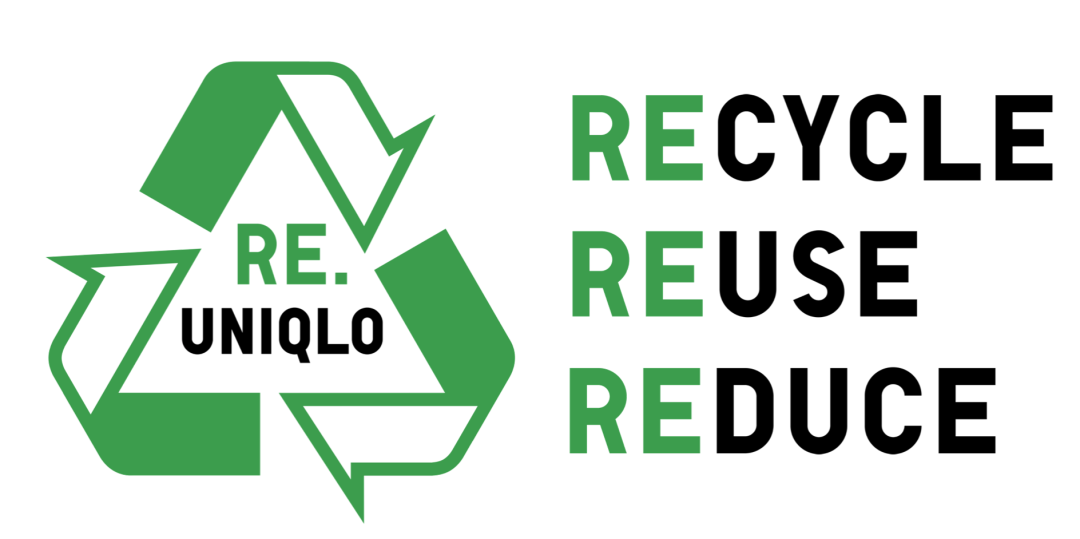
The 200 yen coupon can be used to purchase products from 201 yen and above. 1,000 yen coupons can be used to purchase Heattech products of 1,0001 yen and above, or down products of 5001 yen and above.
Uniqlo pointed out that the clothing that can be worn after recycling will be donated to refugee camps, non -profit organizations, and UNHCR, etc. The clothing that cannot continue to be worn will be recovered into new clothes.
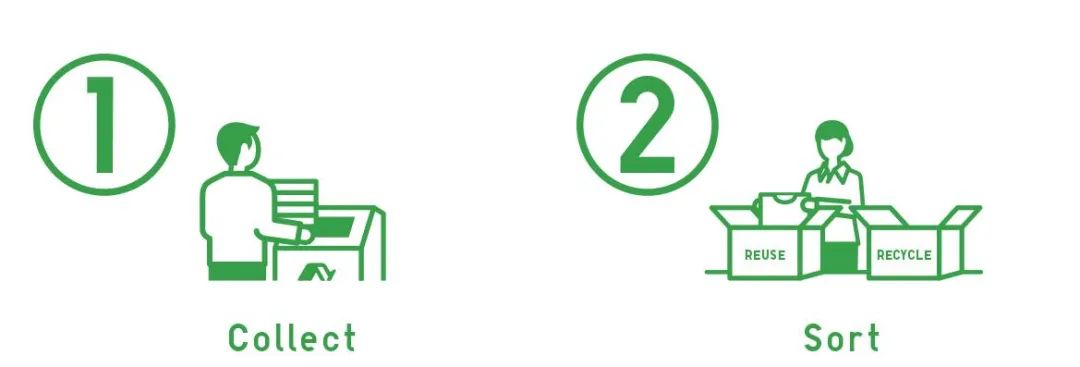
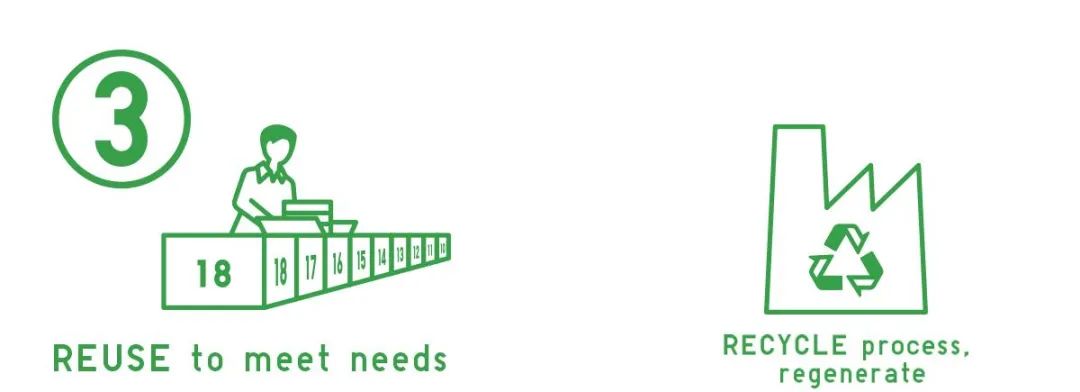
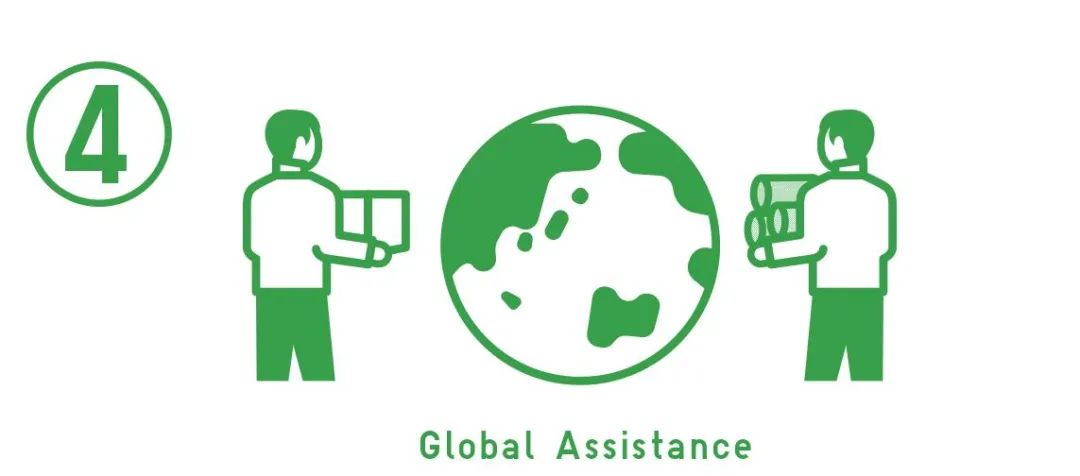
Uniqlo stated that the launch of this round of activities was to promote consumers to participate in environmental protection activities without throwing clothes, and in mid -to -late October to November is just the usual dress change season. The way to promote (environmental protection concept) infiltrate the life of consumers. "
In addition, Uniqlo also emphasized that children's clothing and infants with about 1 million pieces of children's clothing and infants and young children will be strengthened in the "children's clothing, infant and young children" categories.
Re.UNIQLO's "predecessor" is the "full commodity recycling activity" initiated by Uniqlo in 2006. While adding "donating clothing to refugees", "reuse (reuse", etc. (Recycle) system. The clothes recovered from consumers, in addition to donation and regeneration to new clothing, some materials that are also recovered into other purposes, such as car sound insulation materials and solid fuel.
With the concept of environmental protection and sustainable development, it has become more and more valued in the fashion industry. Uniqlo and its parent company Fast Retailing Group's actions in this field are also increasingly frequent. Specific measures include: participating in industry organizations, making sustainable sustainability Promise, launching 100%recycling materials, products made by sustainable materials, and so on.

Uniqlo uses old clothes such as T -shirts, down jackets, down vests, etc. to reflect the social responsibility of its brand and reduce the impact on the earth. Coincidentally, Adidas will recover second -hand products for reuse or resale. The wider the more and more sustainable concepts are getting deeper and more popular!
Adidas will recover any brand of second -hand products
According to the textile fabric platform, it is reported that Adidas announced the launch of the "Choose to Give Back" project to help extend the life cycle of sports and daily clothing and shoe to continue its efforts to end the sustainable mission of plastic waste.
Using the US second-hand clothing trading platform Thredup's Resale-As-A-Service technology platform and professional knowledge, the project will invite consumers to send any brand of second-hand products back to Adidas through the Creator's Club app (Creator's Club) app (Creator's Club). For reuse or resale.
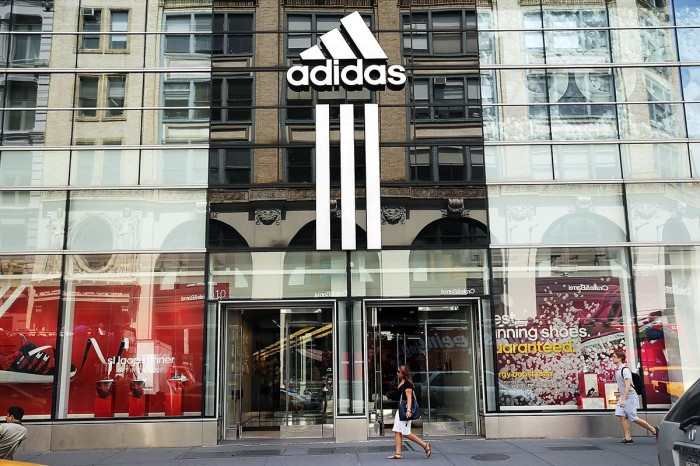
"Choose to Give Back" was launched to members in the application of Creator ’s Club on October 7th, and will be promoted more widely online and stores in 2022.
Consumers can generate a Clean Out Kit prepaid shipping label through applications, and use it to send any brand or category clothing and accessories, including sports equipment (running shoes to football shirts or other sports clothing).
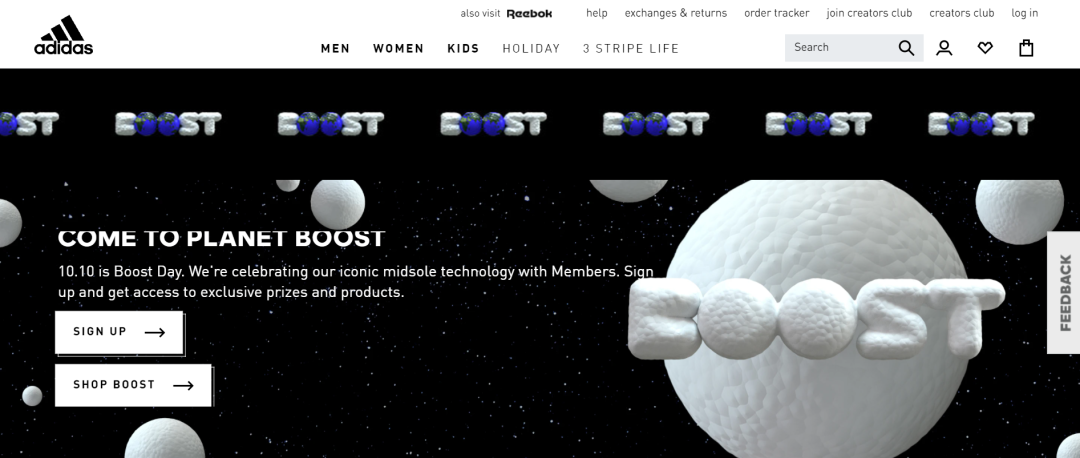
If an item does not have the conditions for resale, it will be sent to the textiles selected by Thredup to reuse the partner network for sales. As an exchange, consumers will receive rewards.
The fashion industry is one of the largest sources of pollution in the world. It is estimated that 36 billion pieces of clothes in the United States are thrown away each year, of which 95%can be reused. The textile industry mainly depends on non -renewable resources, and due to the low utilization rate and the low level of recycling, this linear system has caused huge waste, which brings pressure on world resources. By giving the old clothes and shoes a chance to be reused or reused by new people, Adidas hopes to create a cycle of life cycle of a circular product.
Katja Schreiber, Senior Vice President of Adidas Sustainable Development, explained: "We believe that excellent sports performance should not be at the cost of sacrificing the environment. Through the" selection of feedback "projects, people can help people see new possibilities to give new life to old equipment. This That is why we are committed to establishing a loop of a cycle for sports clothing. "
Data: Hunan Morning News, new youth reference, textile fabric platform
- END -
Change your mouth?"President didn't go"
Speaker Sri Lanka said that President Sri Lang was still in the country.According to Sri Lanka media reports on July 11, Sri Lanka Speaker Abyvadner told the media that in an interview, he misus a sta
The UN Oceanic Conference called through the Reisbon Declaration call for the efforts to increase marine actions
Xinhua News Agency, July 1st (Reporter Wen Xinnian Zhao Danliang) The 2022 UN Oceanic Conference ended in Lisbon, the capital of Portugal on July 1. The parties attended the Lisbon Declaration and agr